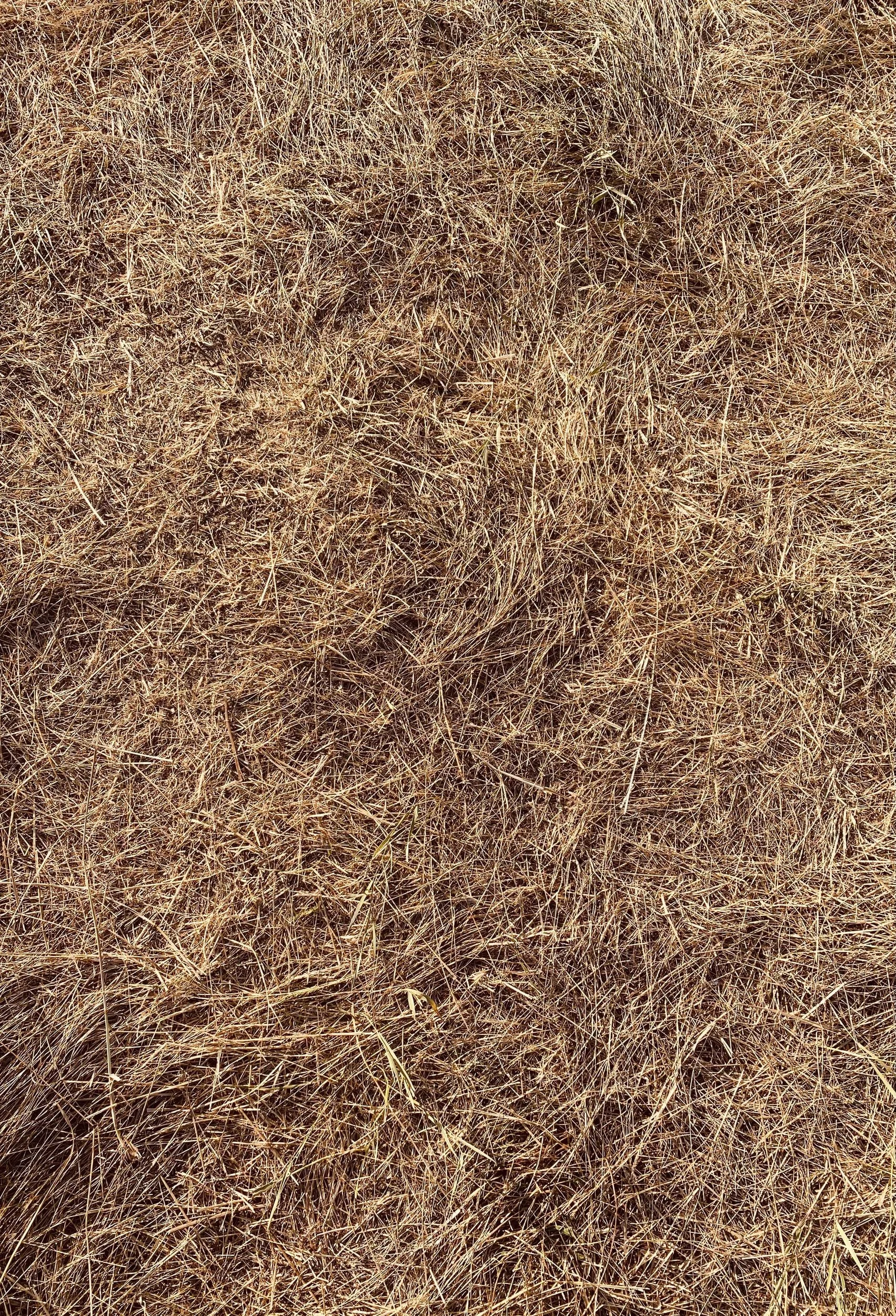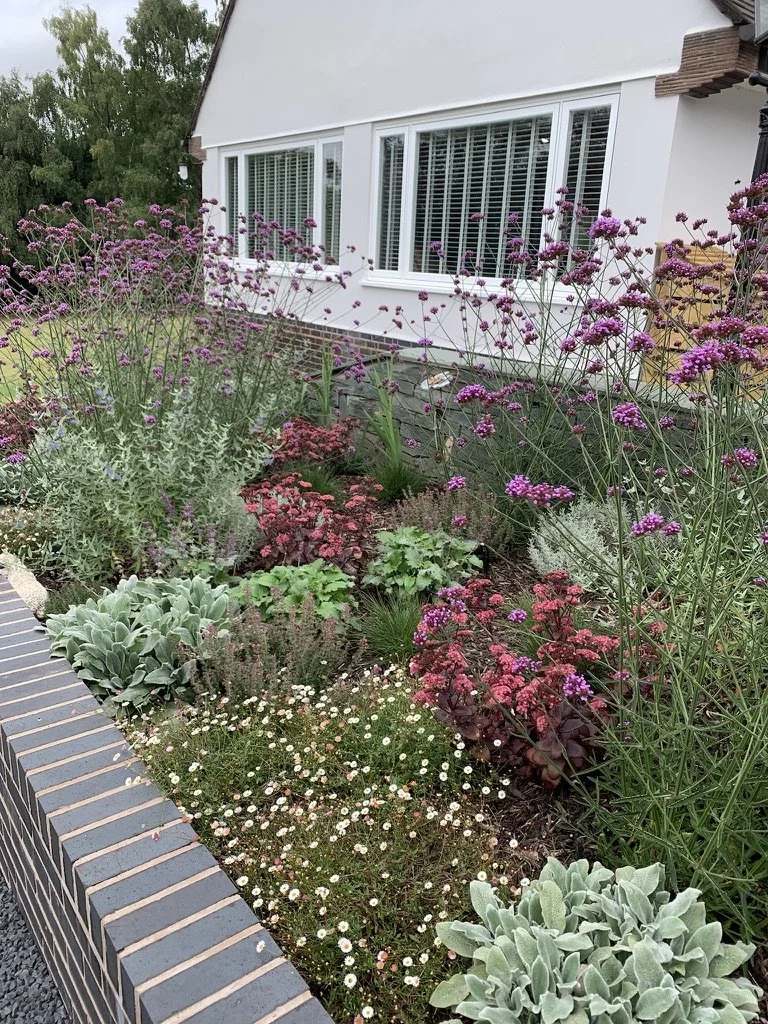Gardening in a heatwave
JULY 2022…..Yep, it’s unprecedentedly hot out there. And just as we humans attempt to take measures to keep ourselves safe and alive in these conditions so do plants.
Do you have a ‘Dead’ lawn?
DON’T PANIC! Grass going brown in dry and hot weather is just a sign that it is protecting itself from stress… it is not dying but going dormant and conserving energy and water in the roots and not the leaves (the blades of grass). As soon as it rains it will quickly recover; the roots sending water and nutrients back to the leaves. You might have noticed you don't need to cut the lawn as often in dry weather, this is evidence of lawns slowing their growth rate to protect
What can I do if I have a brown lawn?
Nothing… stand back and be amazed at the science of nature.
Wait for it to rain.
Water it…. BUT WAIT… is that the best use of a precious resource?.. especially if you are on a water meter?
But if you do want to water the lawn or any plants for that matter;
Water when direct sun is not on the ground.
Water in the early morning or late evening when the heat won’t evaporate the water.
Water plants at the base of the stems, not on the foliage so you don’t scorch the leaves and flowers.
What plants and flowers are good for hot weather?
Plants that don’t need much water or plants that are very happy in sandy soil are the ones to look out for. Also look for plant labels with a big sun on them.
In naturally dry soil try planting Mediterranean plants such as lavenders and thyme or ornamental grasses and succulents. Perennials that will cope with dry conditions include Artemisia, Dianthus, Echinacea, Iris and Oriental poppies.
Some of my favourite plants for hot, dry weather…
This is one of my planting schemes in a client’s garden, all the plants like sunny, hot weather and they are clearly thriving here! The plants are repeated throughout the bed alongside ornamental grasses.
Verbena bonariensis
Stachys byzantiana
Salvia Purple Rain
Germander (Teucrium x lucidrys)
Sedum ‘Purple Emperor’
Erigeron karvinskianus
Santolina magonica
To find out more about the right plant for the right place for your garden, get in touch.



